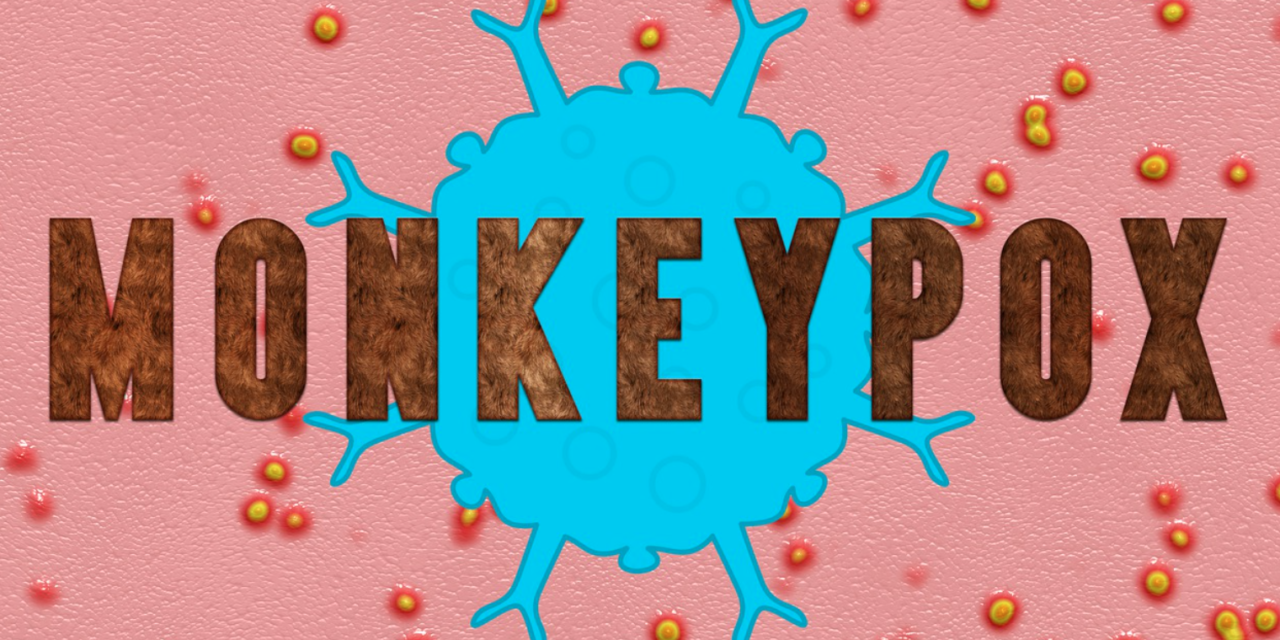After a pandemic that changed people’s lives for over two years, it’s understandable that everyone is concerned about a new disease threat – even if it’s one that doesn’t have a lot in common with COVID-19.
On Wednesday, June 23, the North Carolina Department of Health and Human Services (NCDHHS) reported the first recorded case of monkeypox virus infection in a North Carolina resident.
State health officials note that “Monkeypox is a rare but potentially serious, viral illness that typically involves flu-like symptoms, swelling of the lymph nodes and a rash that includes bumps that are initially filled with fluid before scabbing over.”
The state adds that the Illness can sometimes be confused with sexually transmitted infections like syphilis.
The Wednesday afternoon press release noted that state health officials are working closely with the Centers for Disease Control and Prevention, city and county health departments and others to identify and notify those who’ve been in contact with the patient.
Monkeypox, unlike COVID-19, is typically spread by skin-to-skin contact.
According to state officials, the person who’s been diagnosed with Monkeypox is currently isolating at home.
Since May, over 3,300 monkeypox cases have been identified “outside of endemic regions worldwide,” and 156 cases have been found in the United States.
Also, unlike COVID-19, in the US there have been no deaths related to this outbreak.
The June 23 press release from NCDHHS notes that the investigation of these cases is ongoing and that information about international cases is available from the World Health Organization and information about US cases is available from the CDC.
“The number of monkeypox cases has been growing in the US and globally,” said Dr. Zack Moore, the section chief for the state’s Epidemiologist and Epidemiology Division. “Though this is the first confirmed case in North Carolina, we know there are likely other cases in the state. We are encouraging doctors to consider this in people who have a rash or skin lesion that looks like monkeypox.”


Cooper’s troopers already spanking the monkey. Liberalism is a disease of the mind.
Another form of aids. What else is new.
There are so many people on that planet that every disease you can think of spreads quickly due to close proximity.
This is about as likely to spread to the heterosexual population as AIDS. This is another gay plague that is heralded by the media to scare the straight population into giving them funding and support even though they would never in a millions years contract it. In all the cases in UK, 99% gay men.